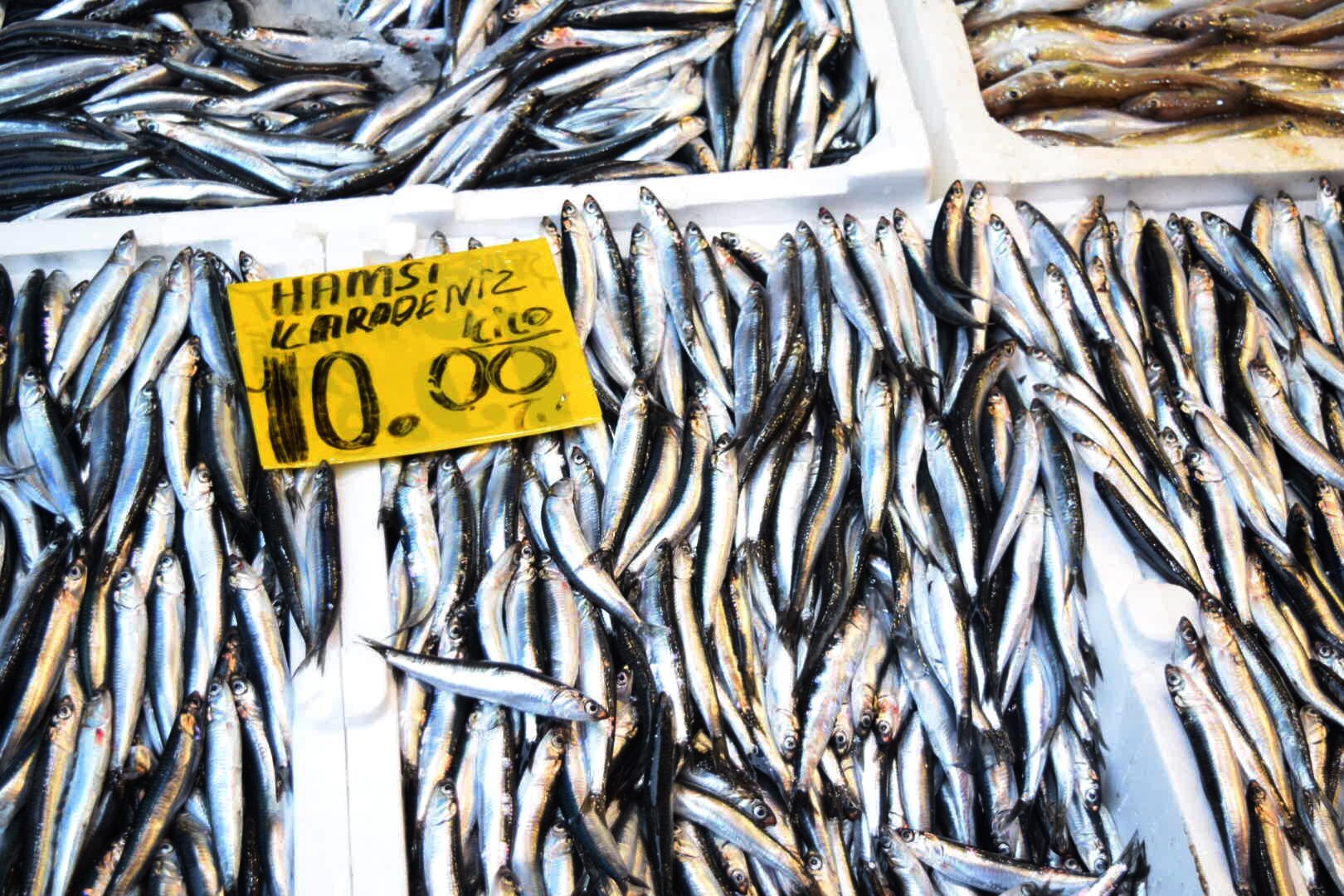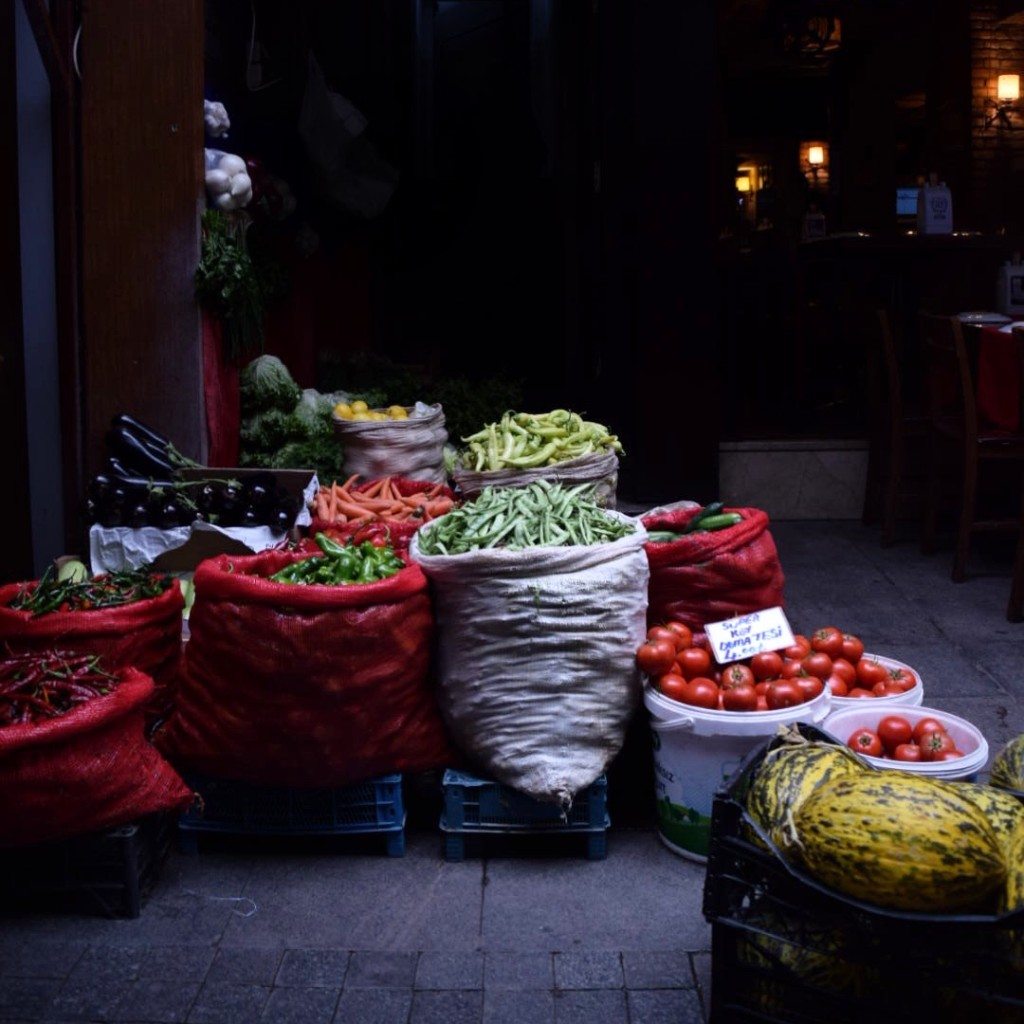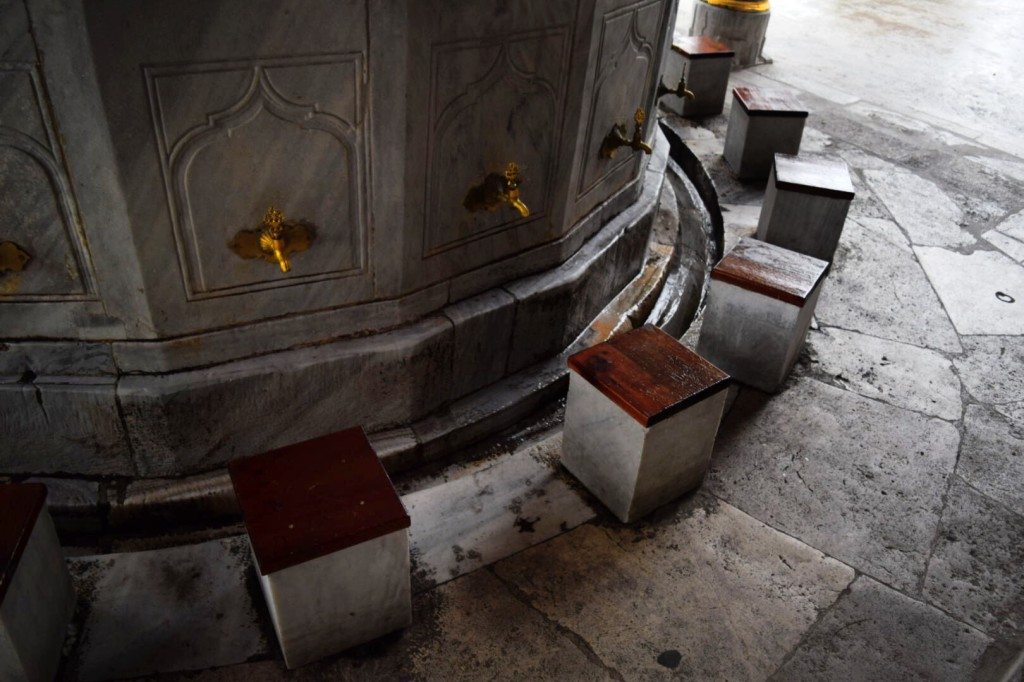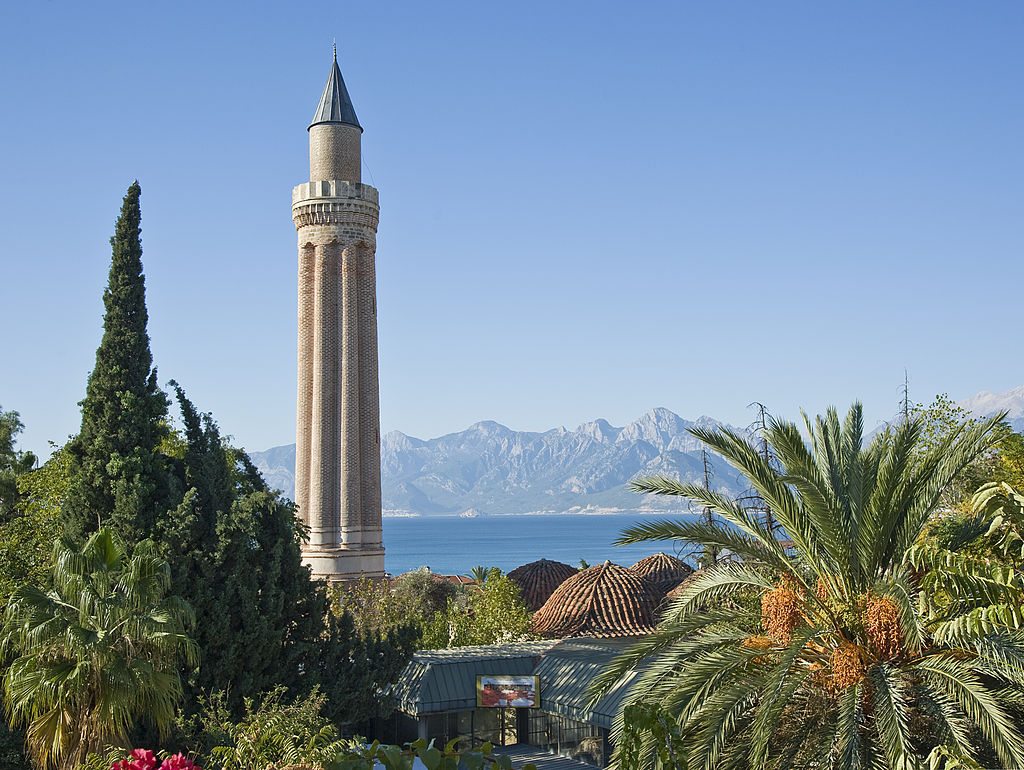
Flavours on the Asian Side of Istanbul
When my guide first suggested we explore the Asian side of Istanbul, for some strange reason, I assumed he meant “Chinatown”. I chalked it up to one of those quirky instances of the language barrier we encounter during travel: washrooms and the loo, capsicum and peppers, and Asian side and Chinatown…obviously. I had been learning about the long history of multiculturalism in Turkey and so didn’t stop to question but, instead, went on to ask if there was a large Chinese population in Istanbul, a point at which the conversation stopped and we were fully lost in translation.
After a few moments of sheer confusion, he explained that Istanbul was one of a few transcontinental cities spanning over both Asia and Europe. It appeared that this “world traveler” was, once again, schooled in my second most detested subject in grade school, geography. (Ironically, my most hated subject was French, and so it seems we can never be sure of what the future holds for us.)
Most people stay on the European side with its history, palaces, overwhelming mosques, alluring Grand Bazar and opulent hotels. And it would be a justified strategy, since on that side alone there is more beauty to take in than one visit could ever hold. However, I was on a serious quest for food. I wanted to taste the city’s culture through its most intimate flavours. I wanted to see the local’s Istanbul and maybe even begin to understand what home meant to them.
We hopped on the ferry over the Bosphorus to the lesser-visited Asian side where, as it turns out, is not home to a Chinatown. The short boat ride was full of locals and a handful of tourists. We snuck onto a bench along the port quarter, watching waves, and a view of the architecture of the city from afar. A boy selling Simit wove through the crowds, not for rumbling stomachs but for the birds following along the stern. As if watching a slick street performance, the nimble creatures, dove in the air to catch each morsel, dropping back to eat and allowing the next in line to fly forward.
I stopped at a mosque along the waterfront, humble in contrast to its extravagant counterparts but stately, marble-clad, bearing an essence of daily use. Unlike the other shore, Istanbul Asia was a peek into everyday life: a mosque, not for show, but for prayer, fountains unforbidden to wash faces and hands. The Kadıköy Market wasn’t bursting with imitation Celine handbags but fish stalls with intricate displays on ice, Loukoumades stands to fry hot pastries and pickle shops filled with flavours of one’s childhood. It was here that locals lived, dined and shopped.
We explored cobblestone streets decorated with restaurants. Grocers delivered their shining produce, squeezing through crowds and tight doorways. We poked in and out shops showing their finest honeycomb and delis serving olives and cold, marinated mussels in the shell. I tasted each bite as if absorbing the place like an anthropologist taking notes with my stomach.
In a local cantina, Kannat Lokantasi, a kitchen was busily preparing dozens of flavorful spiced stews of peppers, tomatoes and gamey meats, the best blue-collar cuisine; the kind that enrobes a long, hard day in a comforting sauce.
Innovative restaurants like Ciya can be found, flying ever so slightly above the radar, noticed by internationally acclaimed chefs and locals alike. But we stop ceremoniously instead at Kebapçı İskender, an institution in the city for a kebap shaved and soaked in melted butter. I wrapped each piece in soft, chewy bread and topped it with fresh tomatoes. I was satisfied in the most elemental, human way that good meat and bread have a way of doing. And for a split second, I tasted a glimpse of something so familiar and shared, that in such a foreign place, I felt almost at home myself.
To visit:












